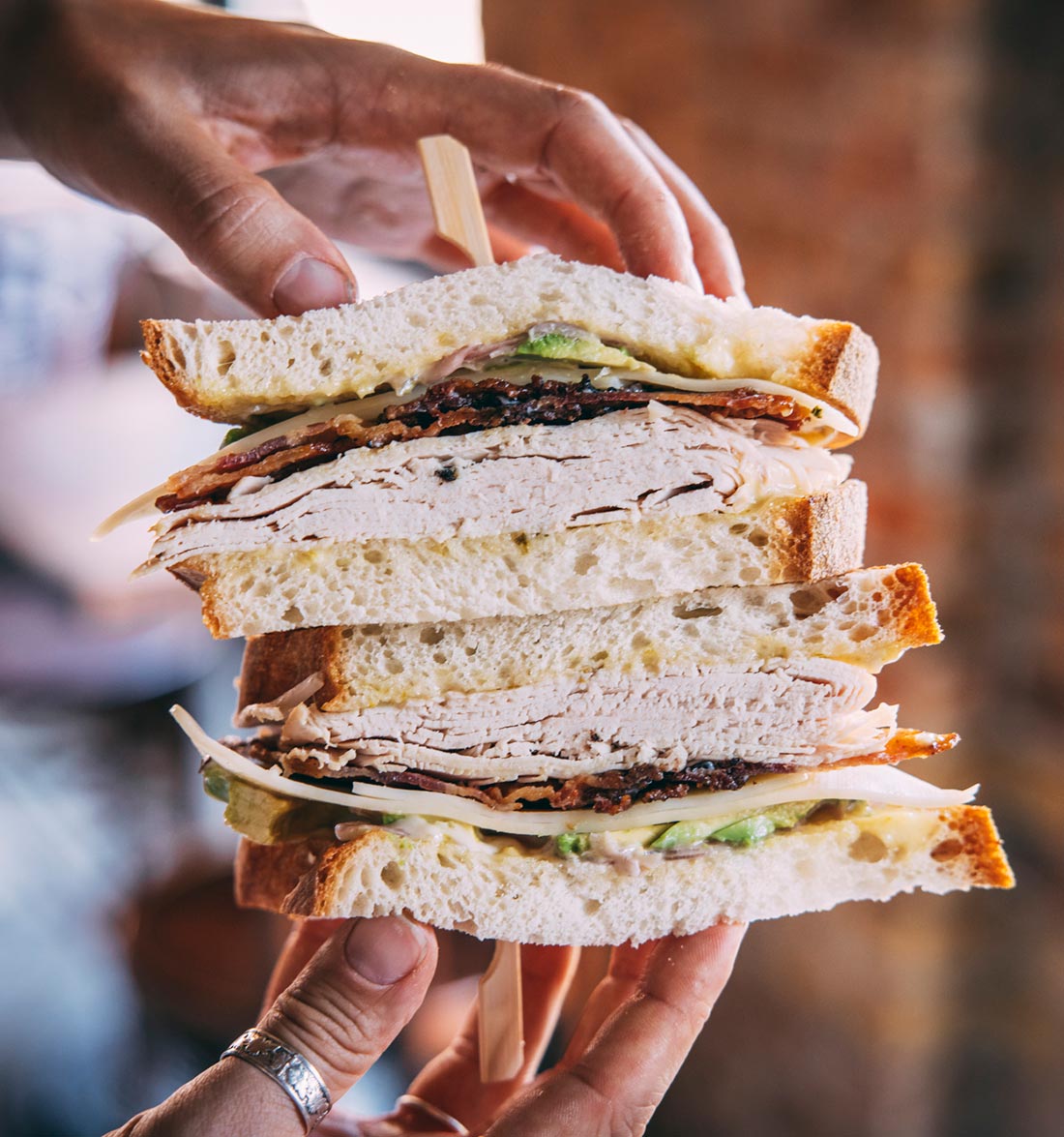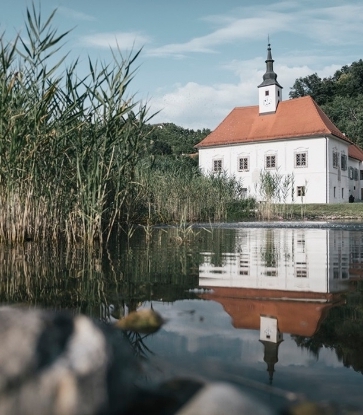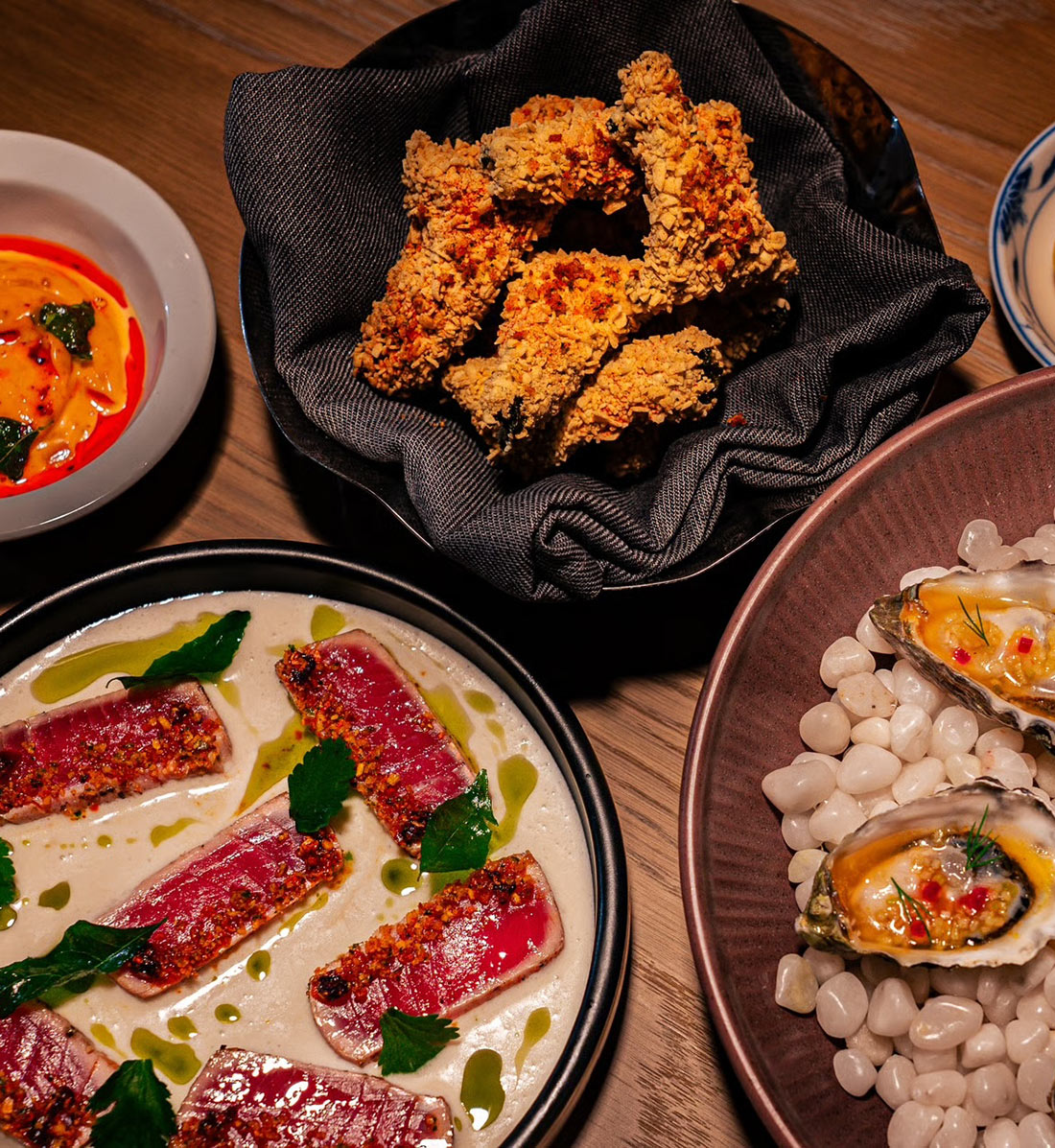Nothing about the restaurant Lazy Bear was intentional. Established in the apartment of chef and founder David Barzelay in 2009, some might say that the fact it became a permanent restaurant was an accident. “I had no idea that Lazy Bear was going to be a long-term thing. It [started off] more like a hobby,” says Barzelay, who launched his underground eatery solely so he could experiment with food and execute his love for cooking. Today, it has two MICHELIN stars.
Growing up in Florida in a family that spent a lot of time cooking and sharing meals around the dining table, food was always an integral part of Barzelay’s childhood. But the possibility that it could be a realistic career choice never occurred to him. Only after a series of events, which included attending law school, moving to San Francisco, starting a law job and then being laid-off, did Barzelay consider cooking as a full-time gig. “I got an awesome severance package [when I left the law firm], so I started bumming around restaurant kitchens.” With zero formal experience but heaps of home practice, enthusiasm and passion, he finally landed a job at Mission Street Food, one of San Francisco’s most pioneering underground dining venues. “I was really influenced by the idea that they just rented out a Chinese restaurant and started cooking amazing food that was meaningful to them,” says Barzelay, who quickly followed a similar trajectory.

Out of his home kitchen, Barzelay began hosting dinner parties where he experimented with different types of cuisine. “I embarked on this mission to cook what I had never cooked before.” Perfecting challenging dishes and products, like laminated dough, became an opportunity for him to expand his knowledge and skill set. “I wanted to learn a technique, so I’d put it on the menu and I’d be forced to learn it.” Unlike other chefs opening their first restaurant, Barzelay was exempt from certain pressures. “I was just noodling around jobs. I didn’t have to build a brand or determine what my cuisine was.” When the dinner party experiences began, diners could purchase one of eight seats at Barzelay’s dining table for around $50, which included 11 modern-American courses (and was BYOB). The menus, which were released ahead of the dinner party, were vague and diners never really knew what to expect, but one thing everyone could agree on was this: the food was very good.
Like many food trucks or pop-ups who establish followings, Lazy Bear eventually outgrew its environment and reopened in a permanent warehouse space on a gritty street in San Francisco’s Mission District in 2014. It took Barzelay three years to find the right space, where he wanted guests to feel transported, similar to restaurants like Blue Hill in New York or Fäviken Magasinet in Järpen, Sweden. “We weren’t going to be able to take guests somewhere because we were in the city, but I really wanted that transportive element which makes it more immersive and really draws people in.” Upon entering, diners begin the first five courses (usually served as canapés or hors’ d'oeuvres) on the mezzanine level and then make their way downstairs to the dining room where a theatrical experience awaits. “We deliberately create many aspects of the experience to be somewhat jarring,” says Barzelay, who has still kept the restaurant’s dinner-party style with communal tables. “We wanted to make an experience that was different from a normal restaurant. My goal was that there’d be so much happening, that at the end of the meal, diners will think: wow, what just happened?” Although the food has evolved, the menu still stays true to the natural, nostalgic style of cuisine, and many of the ingredients are foraged. Scrambled eggs are still served at the beginning of the feast and they still make their own bread and butter in-house.

The restaurant is no longer BYOB, and the initial eight-seat table has grown to two 20- to 22-seat tables, but Barzelay is confident that the permanent restaurant hasn’t lost its magic. “In the underground days, it was all makeshift and had this Burning Man-esque feel to it. When you walked in there, it definitely gave a sense of adventure,” he says, reminiscing about the old days. The space was far from formal with strung-up Christmas lights and people would bring and share lots of wine. “It had this awesome magic to it. We wanted to preserve as much of that as possible [when we moved], so we still invite guests into the kitchen.” But Barzelay can’t deny that even though some of those elements have been lost, the permanent space brings a new kind of brilliance, like the ability to execute dishes at a higher level and serve curated drinks. “Having a proper set up gives us a whole new level of magic.”
Photos by Bob McClenahan.



















